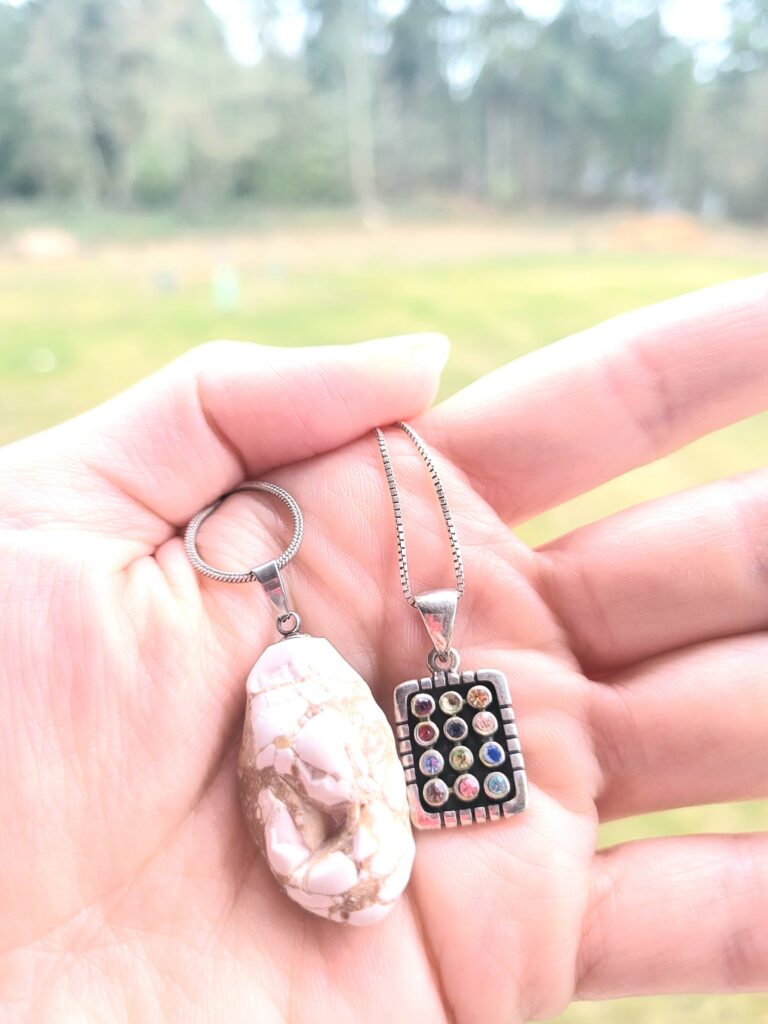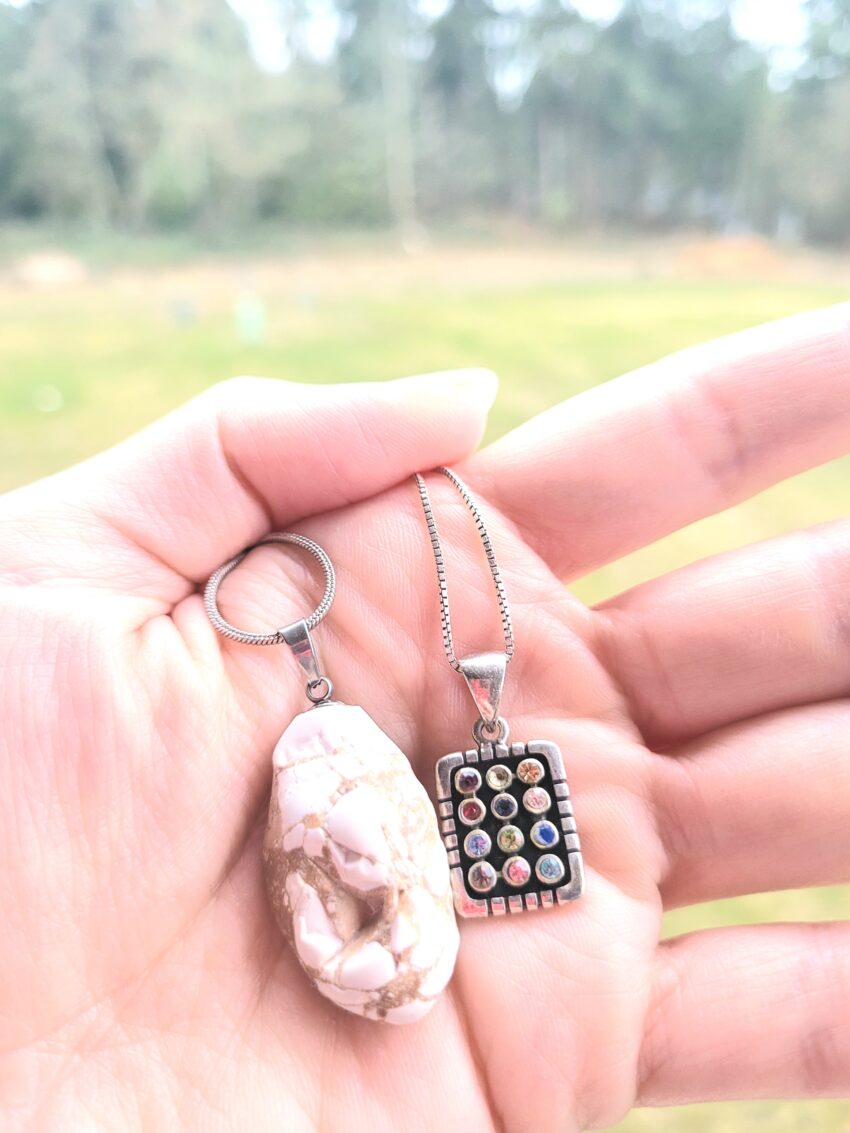The word “Hoshen” or sometimes spelled “Choshen” reminds me of the English word “Chosen” as in how Christ’s followers are “chosen”; however it is actually a Hebrew word that is derived from the root word “hashan”, which means “to shine.” I was surprised how this ended up naturally flowing from my last post about “to shine is better than to reflect”. I had prayed for inspiration on something to write, scrolled back to some digital journal notes from years ago, and randomly landed on the topic of the Hoshen. After reading through my notes it felt right so I began the post, decided I better look up the meaning of the word, AND THEN I discovered the meaning of Hoshen is “to shine” because it was adorned with twelve precious stones, each of which would have shone brightly in the light.
The Hoshen, which is also called the breastplate of judgement, is described in detail in the book of Exodus (28:15-30) and in the book of Leviticus (8:8). It was an important part of the ritual dress worn by the High Priest of Israel during the Temple ceremony.
The Hoshen was to remind the high priest of 1. The Heart of God for his People. The stones on the Hoshen were arranged in four rows of three, each row representing one of the twelve tribes of Israel. The stones were also engraved with the names of the tribes, adding to their significance and symbolism. It was worn over the heart to remember God’s grace and kindness for his chosen people. The 12 stones for each tribe are worn close to the heart of the high priest keeping the mercy and love of God in his mind. 2. Guidance of God for Making Decisions. It aided in powers of prophecy, visions of future events, discernment, and judgement. The High Priest would look for guidance from God on important matters. It was also closely related to and used to hold the Urim and Thummim. Both the Hoshen breastplate and the Urim and Thummim were important elements of the high priest’s role in seeking light and wisdom from God. It was a reminder to seek for and always value the will of God. It was historically used to help make important decisions such as whether to go into battle or not. Exodus 28:30 “And thou shalt put in the breastplate of judgment the Urim and the Thummim; and they shall be upon Aaron’s heart, when he goeth in before the LORD.”

Remembering the Hoshen
The ancient Hebrew temple symbolism and its relevance to the gospel of Jesus Christ and temples today is fascinating. Following Christ’s death, the veil in the temple was not only torn literally (as recorded by Josephus) but also symbolically, making all blessings once exclusive to the high priest now accessible to all temple-goers. A treasured possession of mine is a Hoshen charm necklace, made in Israel. I purchased one for myself and each of my daughters, but they do not receive it until they turn 11 and attend the temple for the first time. This charm serves as a reminder of God’s love for His people, our covenants, the truth that he speaks to us today, and of our responsibility to gather Israel.
A few weeks ago, my Grandma passed away and she left me a special heirloom. It is a necklace that holds a stone she picked up while hiking Mt. Sinai in Israel, the place where Moses was given the Ten Commandments. Later, Christ added the higher and holier admonition of the sermon on the mount to not only obey the ten commandments but to become perfect even as he is perfect. We are to follow him and hear his voice. This necklace now reminds me of not only the 10 commandments but also to hear him through the Urim and Thummim of personal revelation. Both the Hoshen charm and Israel stone now remind me that these blessings can be magnified through temple service.

1 Peter 2:
3 If so be ye have tasted that the Lord is gracious.4 To whom coming, as unto a living stone, disallowed indeed of men, but chosen of God, and precious,
5 Ye also, as lively stones, are built up a spiritual house, an holy priesthood, to offer up spiritual sacrifices, acceptable to God by Jesus Christ
9 But ye are a chosen generation, a royal priesthood, an holy nation, a peculiar people; that ye should shew forth the praises of him who hath called you out of darkness into his marvelous light.
So in that spirit, Praise be to Jesus Christ! We’ve gone from Hoshen to Choshen! Temple worship started with one high priest communing with God through the Hoshen to a nation of high priests and priestesses communing with God in the temple through the mercy of Jesus Christ. We have moved from the lesser law of Moses and the Hoshen to the higher law of listening and following him as depicted in the show “The Chosen”. I adore how well “The Chosen” depicts the life of Christ and the dilemmas his followers face as they try to be obedient and faithful.






